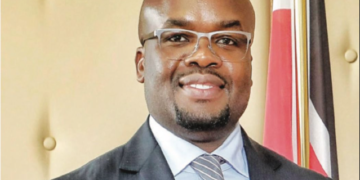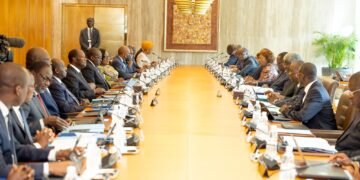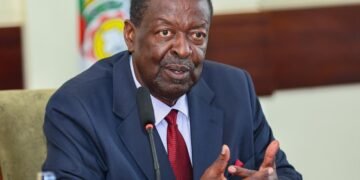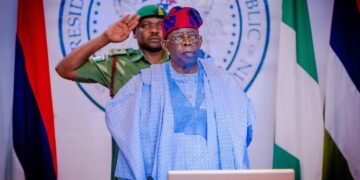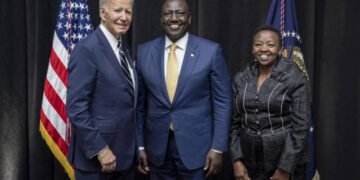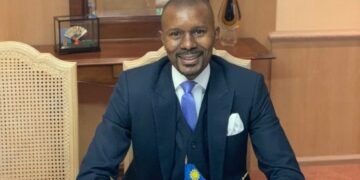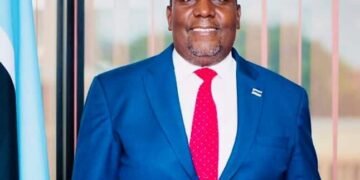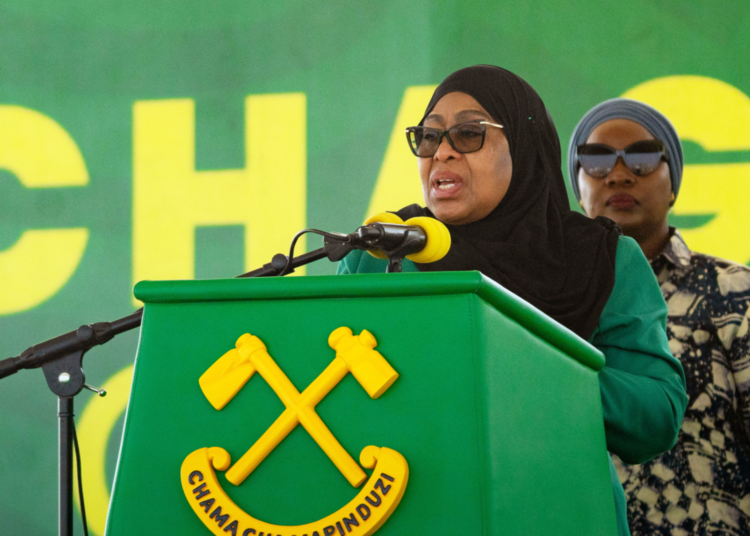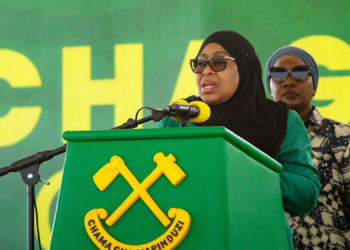President Samia Suluhu Hassan swore in a leaner, younger, and more focused 21-member Cabinet, the most far-reaching government restructuring since she took power in March 2021.
Speaking at a packed State House ceremony broadcast live across the nation, the President described the new team as a deliberate step toward “a smaller, faster and more responsive government” that eliminates duplication and brings services closer to Tanzanians.
The Cabinet has been trimmed from 24 to 21 full ministries, with several functions merged or moved under the President’s Office. Seven ministers from the previous lineup were dropped, among them Deputy Prime Minister and Energy Minister Dr Doto Biteko, Agriculture Minister Hussein Bashe, Home Affairs Minister Innocent Bashungwa, and Health Minister Jenista Mhagama. All seven retain their parliamentary seats.
In a move that immediately caught attention, President Samia appointed Tanzania’s Ambassador to China, Khamis Mussa Omar, as the new Minister of Finance – a portfolio widely seen as the engine room of her economic agenda. She retained Anthony Mavunde at the helm of the critical Mining ministry and Mahmoud Thabit Kombo in Foreign Affairs and East African Cooperation, signalling continuity in two of the country’s most strategic sectors.
Perhaps the most symbolic appointment is that of Ridhiwani Jakaya Kikwete, son of former President Jakaya Kikwete, who makes his Cabinet debut as Minister in the President’s Office responsible for Public Service Management and Good Governance. At 37, he forms one of the youngest ministerial pairs alongside his deputy, Regina Ndege Qwaray.
ALSO READ: BANK OF GHANA STRENGTHENS PARTNERSHIP WITH CFA SOCIETY GHANA
Other fresh faces include youth activist and entrepreneur Joel Arthur Nanauka, now Minister for Youth Development, and respected economist Prof Kitila Mkumbo, who moves from the President’s Office to head the Ministry of Planning and Investment.
President Samia also elevated former Permanent Secretary Prof Riziki Silas Shemdoe to full Cabinet rank as Minister for Regional Administration and Local Government (TAMISEMI), introducing a novel structure of sectoral deputy ministers for Education and Health to sharpen oversight in those vital areas.
The reshuffle comes just weeks after President Samia was declared the landslide winner of the October general election – a vote marred by violent clashes after the disqualification of main opposition candidates.
Rights groups claim hundreds were killed in the ensuing unrest, figures the government disputes. On Friday, the President offered public condolences to bereaved families and promised investigations into the violence – her strongest acknowledgement to date of the country’s deepest political crisis in decades.
In her address after the swearing-in, President Samia struck a tone of reconciliation and resolve: “This new structure is designed to accelerate our development vision, remove bottlenecks, and bring government closer to the people. We are building a Tanzania that works for every citizen.”
Analysts hailed the changes as strategic rather than sweeping – rewarding competence, injecting youthful energy, and preserving stability in economic and diplomatic portfolios while sending an unmistakable signal on efficiency and accountability.





